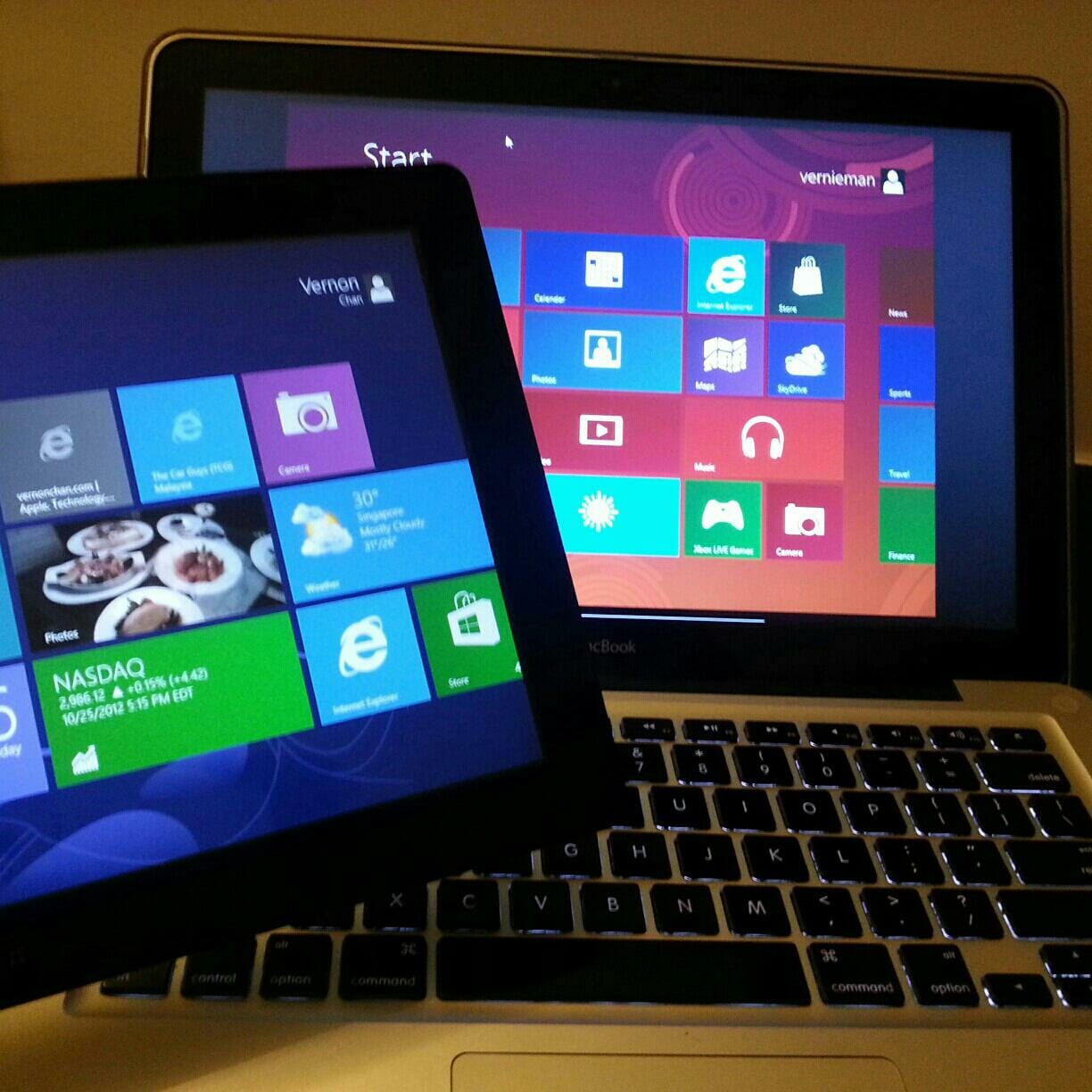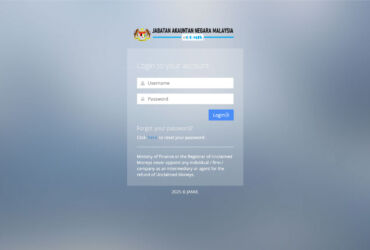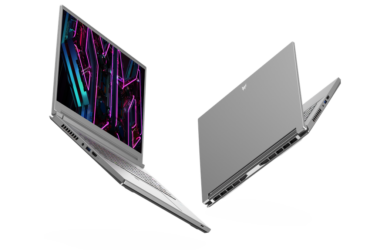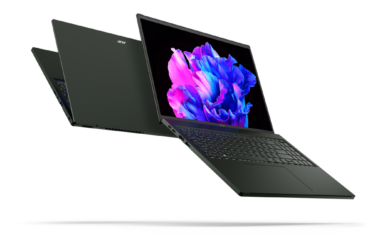The evolution of the smartphone has paved the way for touchscreen technology to grow. The tablet PC market has erupted in the past year or so, and one can argue that the segment is made possible with the optimisation of touchscreen. With the introduction of Windows 8, we’re seeing the first widespread use of touchscreen for laptops. Some are saying that it won’t be long before other household appliances or industrial tools are given touchscreen interfaces.
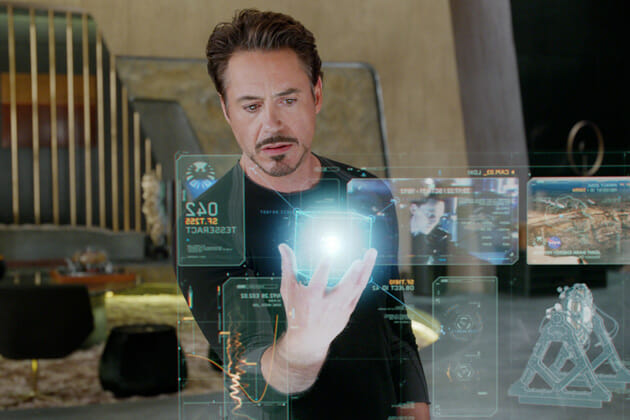
Much Ado about Touchscreen
At its core, touchscreen technology is rooted to gesture commands. This appeared so appealing in films when we were presented with Tom Cruise pointing and swiping away at some holographic display in Minority Report, and then later in a much more visually amazing way in Iron Man 2, with Tony Stark’s wide array of interactive displays. It would seem that that’s what Microsoft was going for when it first started out with PixelSense, which used to be known as Surface before MS decided to give that name to its range of in-house branded mobile devices.
Obviously, those things aren’t really suited for consumer electronics at the moment. We’ve got a bunch of experimental stuff, but we’re still mostly getting devices that have bezels. Not that it’s a bad thing—if it works, it works. Right now, nothing is more fluid than the experience of reading or browsing through pages of content using a touchscreen device, and most people are content with that (hence the boom of the tablet PC market).
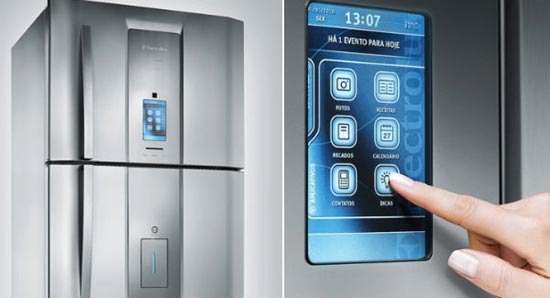
Adoption in Non-Mobile-Device Segments
Washing machines and refrigerators are already equipped with touchscreen panels that make it easier for operation, which is why many are thinking about how this technology can be applied to other appliances like television sets. Some of these applications might seem counter-intuitive, however, as one would imagine operating a TV set using a touchscreen. For such an appliance, the remote control still works best—you are, after all, watching from the comfort of your couch or bed or floor, not inches away from the screen. Modern PBX units are aided by touch panels, but sometimes buttons still work best.
Besides, touchscreens add to the cost, both on the manufacturer’s side (development, third-party suppliers, support, etc.) and on the consumer’s side (aforementioned costs being factored into markup). For example, a car equipped with luxuries like touchscreen consoles will cost more than your run-of-the-mill entry-level sedan with standard dials or buttons. Why force the issue? There are things that do well enough or even do best without touchscreen; there’s no need to ruin the experience just because of the technology’s availability.
Touchscreen technology is definitely the “in” thing at the moment. With innovations and development constantly being pushed on a variety of devices, we’re seeing more and more uses for the technology. That’s all good, as long as manufacturers don’t make it a point to put touchscreen on practically every single thing. They’re perfect on smartphones and tablets, and even on certain appliances, but that’s about it. We’re not saying that there shouldn’t be exploration and experimentation to expand the use of the technology—if it’s practical, why not? However, if it gets in the way of usability and even common sense, then that’s not good at all.
[ad#Google Adsense 336×280]


